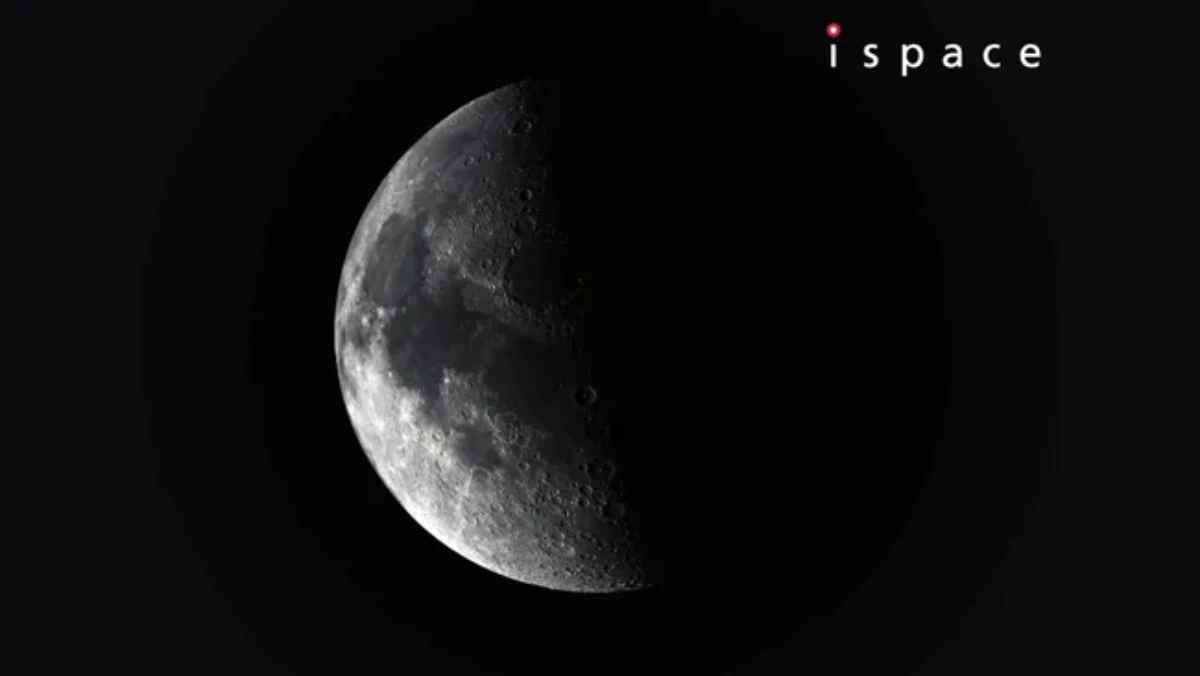Japanese lunar module Resilience enters Moon’s orbit.

The Resilience spacecraft, developed by the Japanese company ispace, successfully reached lunar orbit on Tuesday, May 6, as scheduled. This milestone puts the mission on track for a historic attempt to land on the Moon, expected next month.
“First and foremost, we are extremely pleased that the Resilience module has successfully reached lunar orbit as planned today,” said Takeshi Hakamada, founder and CEO of ispace, in a statement. “We will continue to carry out careful operations and detailed preparations to ensure a successful lunar landing.”
Launched on January 15 aboard a SpaceX Falcon 9 rocket, Resilience traveled alongside another private lunar module, the Blue Ghost, from Firefly Aerospace, a Texas-based company. While the Blue Ghost followed a more direct path, entering lunar orbit on February 13 and landing on the Moon on March 2, Resilience took a longer, more fuel-efficient route, passing by the Moon on a flyby on February 14.
If everything goes as planned, Resilience will attempt to land in the Mare Frigoris (“Sea of Cold”), a basaltic plain in the northern lunar hemisphere, on June 5. If successful, this will be Japan’s second lunar mission, following the successful landing of the SLIM (“Smart Lander for Investigating Moon”) spacecraft in January 2024.
Resilience is carrying five scientific and technological experiments, including the mini-rover Tenacious, developed by ispace’s Luxembourg subsidiary. Tenacious’ mission is to collect lunar soil samples under contract with NASA. In addition, the rover carries an artistic project called “Moonhouse,” created by artist Mikael Genberg, which is affixed to the vehicle’s front bumper.
The scheduled landing attempt on June 5 will be ispace’s second attempt to touch the lunar surface. In March 2023, the company reached lunar orbit but failed in its landing attempt made in April of the same year. ispace continues its goal of paving the way for future lunar exploration and resource utilization.
Source: Space






